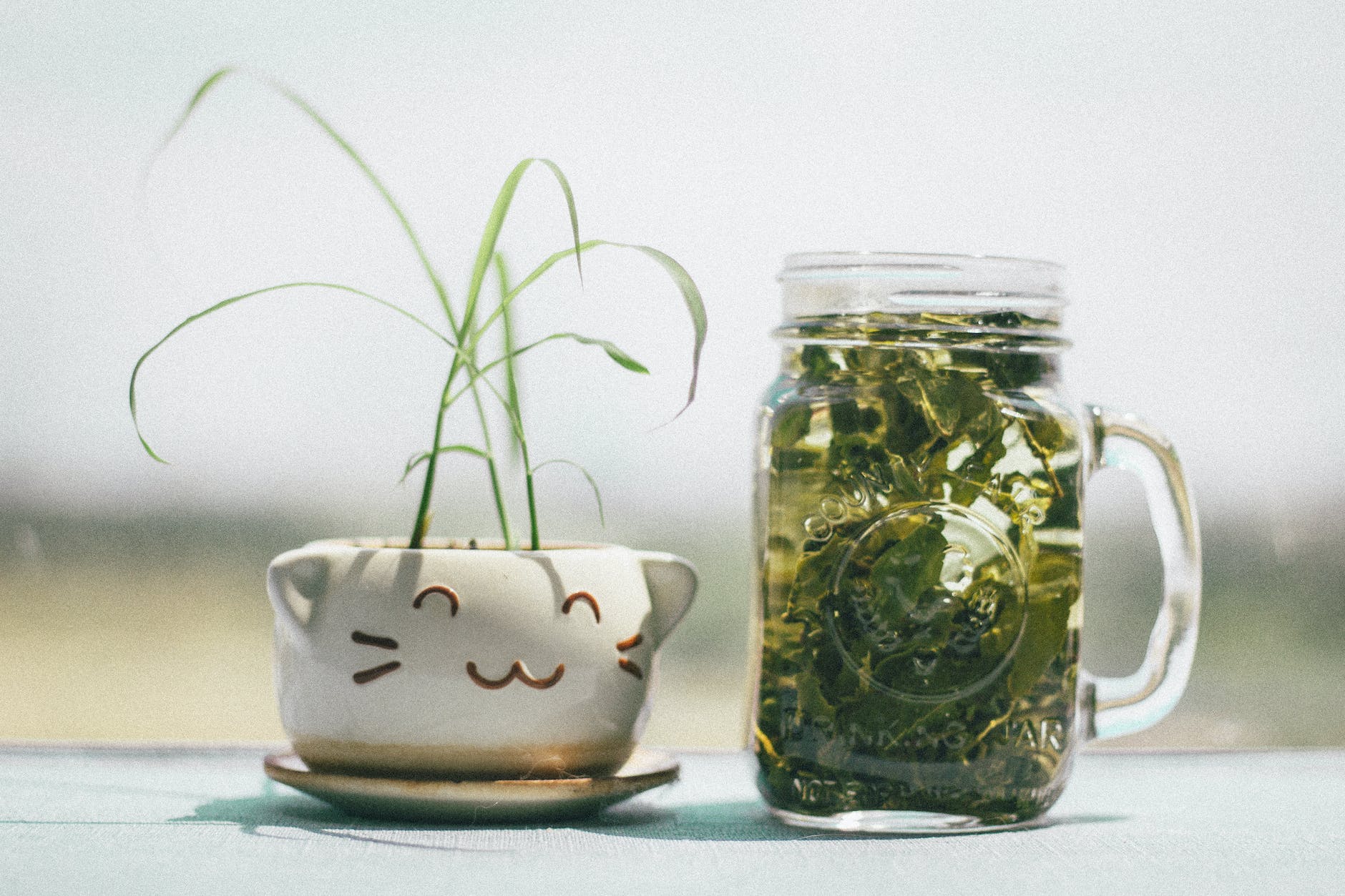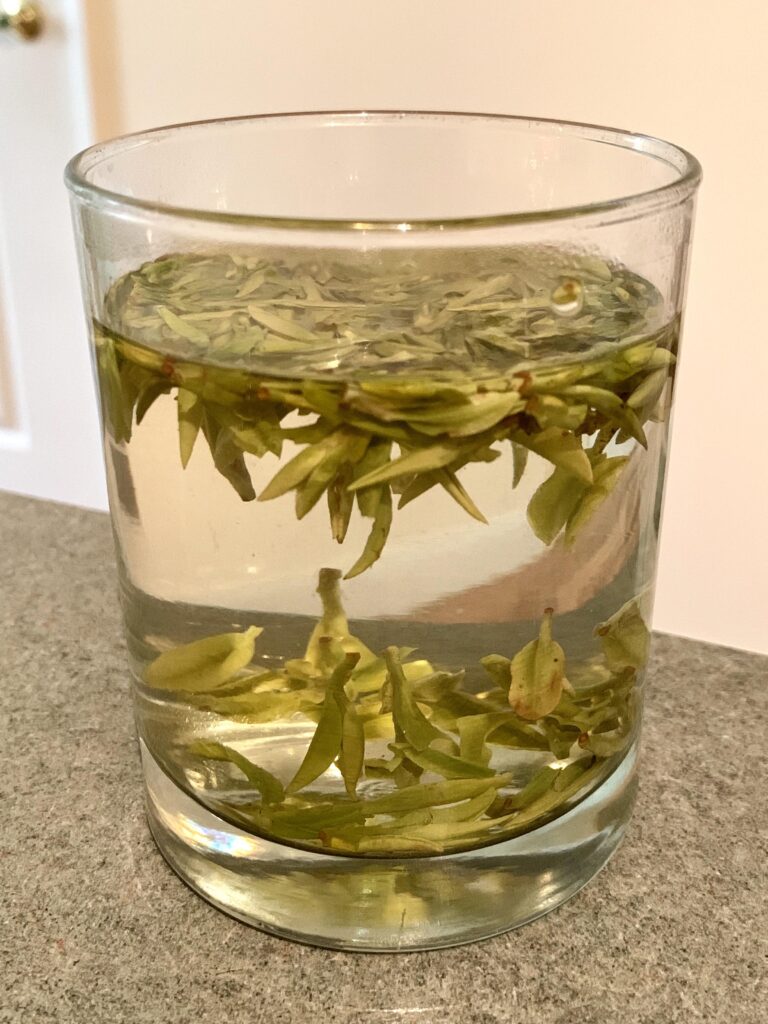

The Art of Brewing Chinese Green Teas: An Introduction and Guide
Green tea, with its refreshing taste and numerous health benefits, has been a cherished beverage for centuries. Originating from China, green tea has now found its way into the hearts and cups of people worldwide. But what makes green tea so special, and how can one brew it to perfection? Let’s embark on this aromatic journey.
Introduction to Green Teas:
Green tea is made from the leaves of the Camellia sinensis plant. Unlike black or oolong teas, green tea leaves are not oxidized, which helps retain their vibrant color and delicate flavor. The minimal processing preserves the natural antioxidants, making green tea a favorite among health enthusiasts.
Production Methods of Green Teas:
- Steaming: Popular in Japan, this method involves steaming the freshly plucked leaves to halt the oxidation process. This results in a vibrant green color and a grassy flavor, as seen in teas like Sencha.
- Pan-frying: Predominantly used in China, the leaves are pan-fried in large woks. This method imparts a toasted flavor to the tea, as seen in the famous Longjing or Dragon Well tea.
- Sun-drying: Some green teas are simply spread out in the sun to dry. This natural process gives the tea a mellow taste.
- Rolling & Final drying: After the initial steaming or pan-firing, the leaves are rolled and dried, producing the finished product.
Brewing Basics of Green Teas:
The essence of green tea lies in its brewing. The water temperature, brewing time, and tea-to-water ratio play crucial roles in extracting the perfect flavor. Typically, green teas are brewed at lower temperatures (around 70°C to 85°C) for short durations (1-3 minutes).




Specialized Brewing Techniques:
- Top Drop:
- Description: In the Top Drop method, the tea leaves are added to the brewing vessel after the water. This allows the leaves to float on the surface before gradually sinking, ensuring a gentle infusion.
- Suitable for: Delicate green teas with tender leaves, such as Biluochun or Longjing.
- Brewing Vessels: Gaiwan and glass, with a transparent glass being especially preferred.
- Bottom Drop:
- Description: The tea leaves are placed in the brewing vessel first, followed by the pouring of hot water. This ensures a robust infusion.
- Suitable for: Robust green teas with thicker leaves, such as Gunpowder or Taiping Houkui.
- Brewing Vessels: Both gaiwan and glass, but a gaiwan is often preferred for its ability to retain heat.
- Mid Drop:
- Description: Some water is poured into the brewing vessel, followed by the tea leaves, and then more water. This ensures a balanced infusion.
- Suitable for: Versatile and can be used for a variety of green teas.
- Brewing Vessels: Both gaiwan and glass are suitable.
Brewing green tea is an art, a ritual, and a science. While guidelines provide a foundation, the true essence of tea brewing lies in personal experimentation. So, heat that water, pick your favorite green tea, and embark on a flavorful journey that transcends borders and cultures.



Leave a Reply